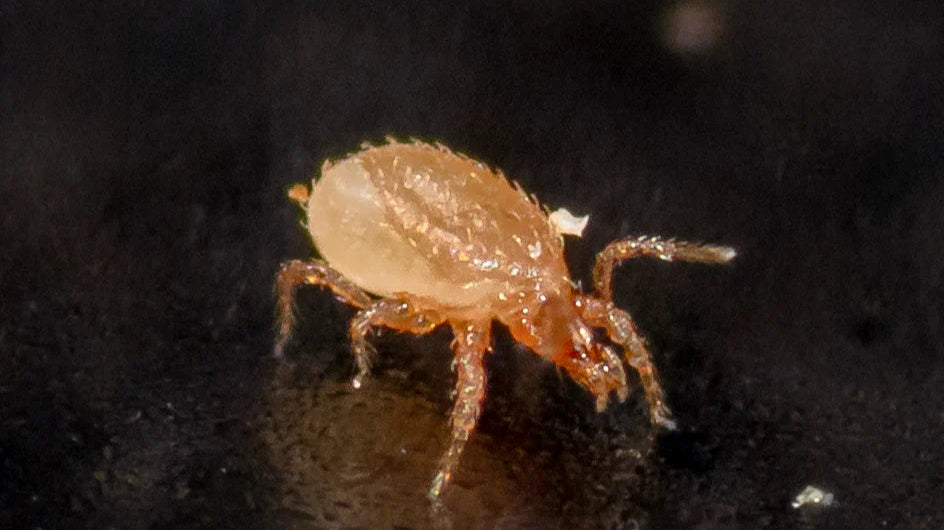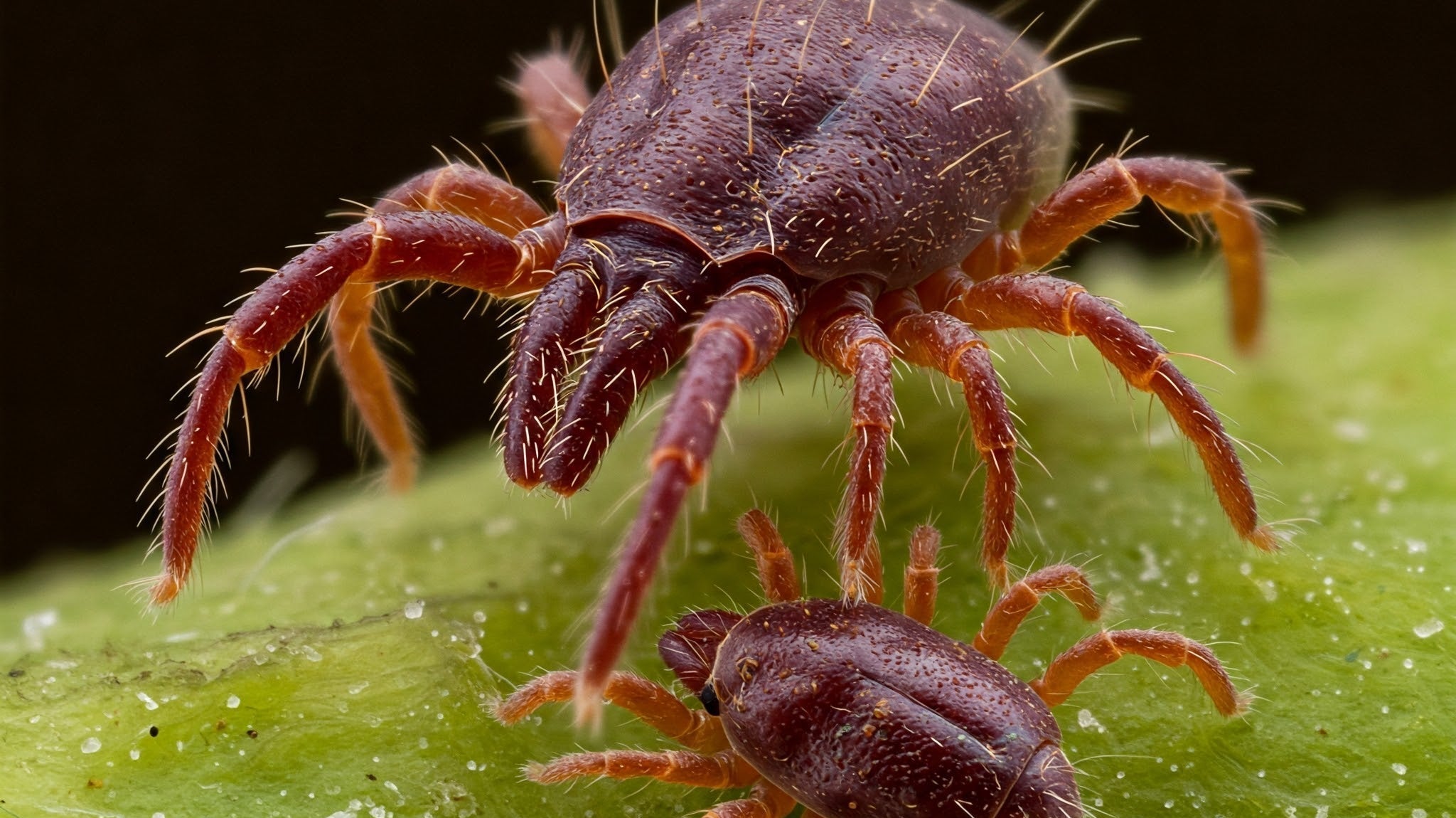Dalotia coriaria - Rove Beetle
Soil-dwelling assassin. Absolute menace to fungus gnats.
Fungus gnats don’t stand a chance. Dalotia coriaria is a rove beetle that hunts them down in the soil, flips over the leaf litter, and does unspeakable things to the larvae. You’ll almost never see it—but you’ll see what it does. Think: fewer pests, stronger roots, and no more mystery damage to your soil-grown beauties.
What It Targets
-
Fungus gnat larvae (primary target—Dalotia lives for this)
-
Shore fly larvae (because gnats shouldn’t have all the fun)
-
Thrips pupae in soil (complements your foliar mites)
Note: This one doesn’t go after adult thrips. Pair with Swirskii or Andersoni for full lifecycle coverage. Think tag team, not solo act.
How It Lives
-
Lifespan: ~3–4 weeks
-
Reproduction: Eggs to adults in under 3 weeks
-
Activity: Mostly nocturnal, highly mobile, completely unbothered by your sticky traps
-
Habitat: Top 1–2 inches of moist substrate—peat, coco coir, worm castings, leaf litter, you name it
This beetle is fast, secretive, and spends its nights ruining gnat family reunions.
How to Use It
-
Preventative rate: ~1 beetle per square foot
-
Curative rate: 1–5 beetles per square foot, depending on how bad it is
-
When to apply: As soon as pest pressure creeps in. Or better—before it does.
-
Where to apply: Sprinkle across the substrate. Don’t bury. Don't baby. Just let them work.
They arrive ready to hunt. If you're using nematodes or Stratiolaelaps too, great—they won’t fight. They're all on the same side.
Treatment or Prevention?
Yes. Both.
-
Treatment: When pests are already active—Dalotia hits hard and fast.
-
Prevention: Establishes early in propagation zones and high-risk spots. Just top them off once in a while.
Why Choose Dalotia Over Other Soil Predators?
-
They go after fungus gnats like it’s personal. Stratiolaelaps are great for slower, broad suppression—but Dalotia chases down larvae, eggs, and pupae with actual speed.
-
You don’t need perfect conditions. Unlike nematodes, they’re not one-and-done. They reproduce on-site, tolerate lower humidity, and keep going even if you forget about them.
-
They’ll hunt what others miss. Thrips pupae, stray larvae, shore fly hotspots—Dalotia plugs the gap between what your foliar mites and soil mites can’t quite handle.
-
Real mobility. These aren’t mites crawling an inch an hour. They move. They chase. They cover ground.
In short: when you want results, not just insurance, this is your closer.
Environmental Fit Check
-
Temp Range: 68–85°F is their sweet spot
-
Humidity: Flexible, but shoot for 50–80%
-
Light Sensitivity: They’re shy—expect them to burrow during the day
They do not care about your grow light schedule. They do care about moist soil and good airflow.
What to Expect
-
You won’t see them often
-
You’ll stop seeing fungus gnats
-
They’ll reproduce for you if conditions are decent
-
You’ll forget what it felt like to have larvae eating your roots
Shipping & Storage
-
Shipped in a loose carrier with adults and larvae
-
Store cool (50–59°F) if needed—but use within 24–48 hours
Good To Know
-
Plays well with others (nematodes, mites, lacewings, etc.)
-
Sensitive to broad-spectrum insecticides
-
Can fly—but usually doesn’t unless desperate
-
One of the few soil predators that actually thrives in high-value crop environments
Short Version
They're fast, ferocious, and discreet.
You’ll forget what pests smell like.
Your substrate will be safer than ever.
Too Many Options?
We get it. Try our mite/insect matchmaking quiz and instantly get matched to the solutions you may need.
Mite Matters
Optimizing Pest Management in Cannabis Flowering Using Predatory Mites
How to Treat Snake Mites Naturally with Predatory Mites
The Beginner's Guide to Predatory Mites
Predatory mites are the unsung heroes of plant care, working behind the scenes to protect your plants from destructive pests. Unlike chemical treatments, they offer a natural, self-sustaining solution that requires minimal effort on your part. Whether you’re preventing an infestation or fighting off an active one, these microscopic allies get the job done efficiently and effectively.











